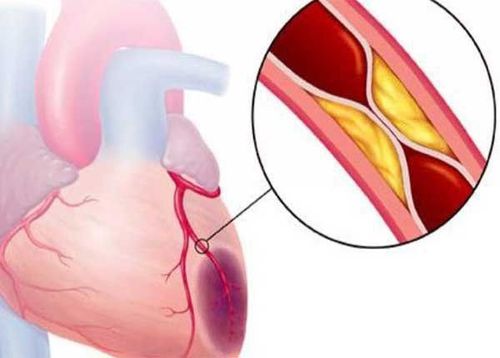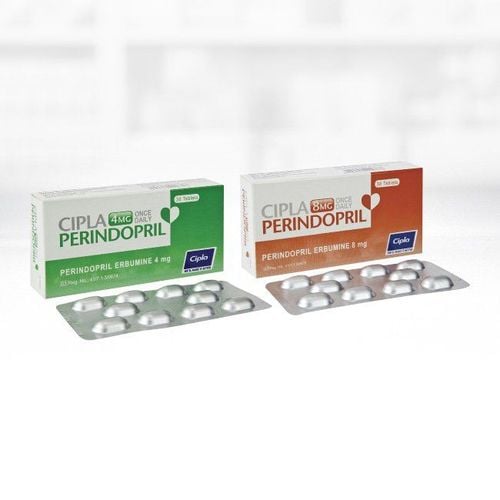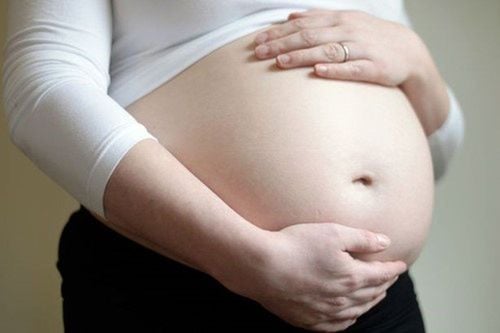This is an automatically translated article.
Professional consultation article by Doctor Department of Obstetrics and Gynecology, Vinmec Hai Phong International General Hospital.
Preeclampsia is a condition in which high blood pressure occurs in the second half of pregnancy and the presence of protein in the urine of the pregnant woman. Not every pre-eclampsia requires a cesarean section.
1. Symptoms of Preeclampsia
Until now, the causes of preeclampsia are not clear. However, an imbalance of prostaglandins in the body is thought to increase the risk of preeclampsia. To date, pre-eclampsia is still one of the five diseases in pregnancy causing the highest morbidity and mortality for mothers and babies in the world.
Symptoms of preeclampsia are sometimes vague. Therefore, it is necessary to periodically check blood pressure and urine for pregnant women. Symptoms of pre-eclampsia include:
High blood pressure: Pregnant women with systolic blood pressure higher than 30 mmHg or diastolic blood pressure 15 mmHg higher than pre-pregnancy blood pressure should pay attention. consult a doctor immediately. The higher the blood pressure in a pregnant woman, the greater her risk of preeclampsia. Elevated proteinuria: The higher the amount of protein in the urine, the greater the risk of preeclampsia. For the most accurate test, a pregnant woman's urine must be collected within 24 hours. Edema: In normal pregnant women, the background edema only occurs in the last 3 months and only mild swelling in the legs, usually in the afternoon, and when lying down, elevating the legs will disappear. If edema is a symptom of pre-eclampsia, the pregnant woman will have generalized swelling, swelling in the morning and raising the legs will not go away. Severe condition can also have polycystic edema or brain edema which is very dangerous. Some severe symptoms Anemia, fatigue, pale skin and pale mucous membranes. Gastrointestinal: Nausea, epigastric pain and right upper quadrant pain. Nerves: Pain in the occipital region, lethargy, fatigue, taking pain relievers does not help. Vision: Dizziness, dizziness, decreased vision, sensitivity to light.

2. Dangerous complications of preeclampsia
2.1. For pregnant women Preeclampsia can cause many dangerous complications for pregnant women.
Complications include eclampsia, cerebral edema, retinal edema and possibly retinal blindness, cerebral hemorrhage... for the urinary system, there may be acute renal failure, tubular necrosis and renal failure due to preeclampsia. jerk. Pregnant women can also have severe anemia, low platelets in the blood, microvascular hemolytic anemia.
For the respiratory system, women with preeclampsia may have pulmonary edema, laryngeal edema. In terms of obstetrics, pregnant women can have placental abruption, placental abruption or premature birth.
2.2. For the fetus, fetuses whose mothers have preeclampsia often suffer from many complications such as: fetal growth retardation, neurological complications, and cardiovascular disease later in life.
Preeclampsia reduces blood flow to the placenta. This long-term condition makes the fetus malnourished, amniotic fluid decreases and even stillbirth in the uterus. Therefore, the monitoring of the fetus and the assessment of the health of the fetus is done carefully during each antenatal check-up.
If left untreated, preeclampsia can turn into eclampsia, a dangerous condition that can be life-threatening for mother and baby.

3. Can pre-eclampsia have a normal delivery?
Pregnant women with pre-eclampsia can completely give birth naturally.
According to doctors, nearly 40% of women with pre-eclampsia are monitored for a safe vaginal delivery while the rest have a cesarean section. The doctor will consider based on the condition of mother and baby to choose the most suitable birth method.
Pregnant women with preeclampsia are often encouraged to have a caesarean section rather than a vaginal delivery because of the risk of preterm birth and difficulty in labor.
However, when the fetus has developed to 35 and 36 weeks, the mother's cervix is soft, there is still a chance to give birth naturally, the doctor will discuss carefully and closely monitor the pregnant woman during labor. .
In case of mild preeclampsia, preterm fetus, mother with conditions and knowledge can self-monitor. Review once a week.
At the hospital: Do tests, blood tests, liver function, kidney function, complete coagulation test, blood group and total urinalysis. Obstetric monitoring, Doppler fetal ultrasound, manual fetal movement monitoring. At home: Measure blood pressure twice a day (morning and afternoon), record measured parameters, monitor weight, monitor pregnancy, lie down completely, do not work.
Please dial HOTLINE for more information or register for an appointment HERE. Download MyVinmec app to make appointments faster and to manage your bookings easily.













